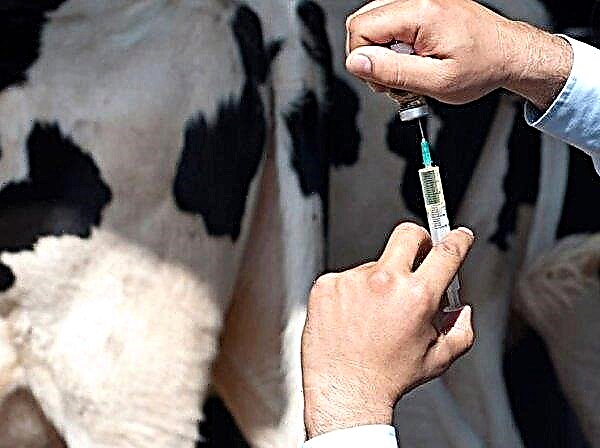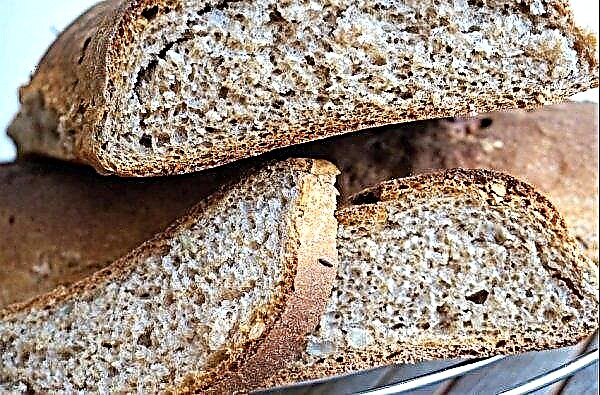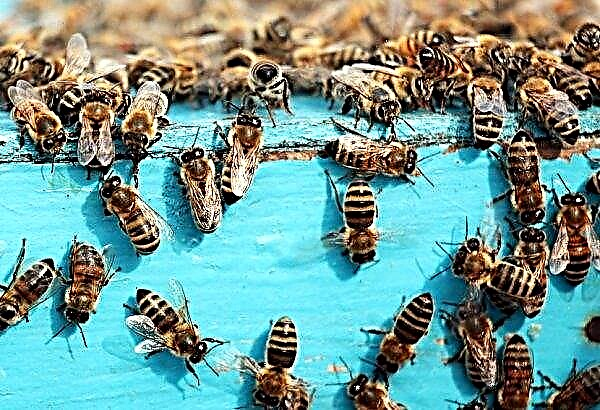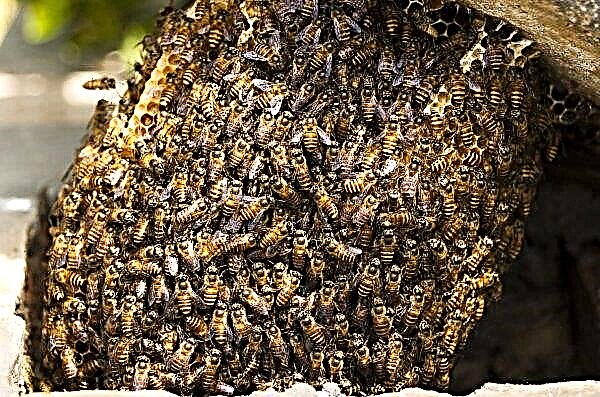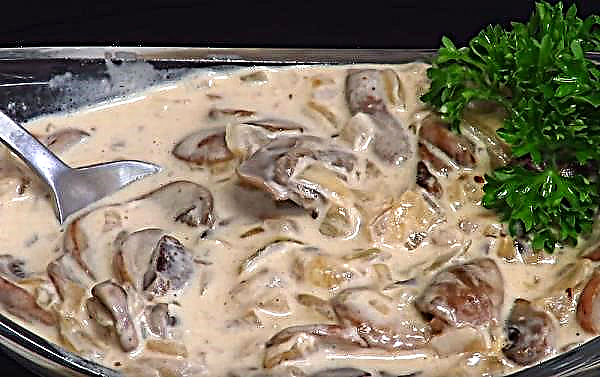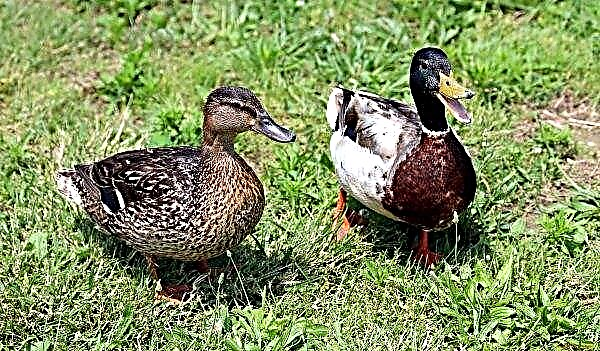Indoor women are in great demand among poultry farmers. They are unpretentious in food, they do not need to buy special food, it is enough to provide greens. In addition, ducks have an incredible maternal instinct, so you can do without incubators.
How to understand that a duck is ready to become a brood hen?
Duck hatching is the process on which a healthy and productive offspring depends. The bird should be ready for the withdrawal of babies, their feeding and training. How to understand that a duck is suitable as a brood hen? There are several recommendations for this, following which you can easily identify a caring hen.
- Observe and note calm, but without pronounced lethargy birds. They should not be aggressive.
- If any are found, proceed to testing. To do this, you need to select about five eggs of the correct shape.
- They are placed in a nest and a hen is put on top - this way its reaction is checked. She should remain in the nest all the time, leaving only for food and drink, and then immediately return to her place.
- If for five days the bird behaves appropriately to the mother, she is quite ripe for this.
- If you notice that the indochka is bubbling and making a nest - this is the main sign of readiness to hatch offspring.
Important! Keep other hens out of the hen. The latter can lay an egg in the brood’s nest, and then you cannot calculate the time of hatching of the chicks.
Once you are convinced that the duck is ready, you can proceed to the next step.
How to choose the right material?
An indochka will hatch its masonry on its own, so the poultry breeder needs to choose good material in order for healthy ducklings to hatch. When selecting, it is very important to pay attention to the following details:
When selecting, it is very important to pay attention to the following details:
- The size and shape of the eggs play a special role: they should not be too small or vice versa large, the shape should be round and even, without dents or scars.
- The optimal weight is 75-95 grams.
- The selected material is not stored for more than ten days. The use of eggs from the refrigerator is prohibited.
- The material should be approximately the same weight.
- The shell should not be dirt or droppings.
To the frequently asked question “How many eggs can a duck plant?” - it is impossible to give an exhaustive answer. It depends on the size of the hen. 8-12 pieces are placed under a small bird for hatching, about 20 pieces under a medium one and up to 30 under a large one. But it is better to put a maximum of 25, otherwise the bird will not cover future chicks with its whole body, and some will be left without maternal heat. They will not be able to hatch all at one time or die at all, and the duck will throw them out of the nest. Eggs should be equally warmed by the bird.
Laying eggs is a painstaking task and requires caution. This process is carried out gradually, so as not to scare the hen. At the moment when she leaves to drink or feed, the farmer must quickly lay new eggs. If the bird sits in the nest, then it slowly lays on one egg. If this mechanism is observed, then the arrangement of eggs under the body of the hen will be uniform, the maturation of the embryos will occur at approximately the same time.
How many days does an Indian hatch eggs before ducklings appear?
A musky duck hatches the clutch for 33–35 days, but the period may increase due to the large number of eggs under the bird and their uneven heating, as mentioned above. The process is also affected by the temperature in the house. During hatching, the duck can leave the nest several times to eat. It is necessary to put a feeder next to the bird, it is necessary to have clean water in large volumes so that the bird can rinse in it.
With her wet down, she moisturizes the masonry to supply the embryos with oxygen. On the thirtieth day they check the nest, because small mutes can already appear in the light. Hatched chicks must be taken from the nest, and the remaining shells should be discarded.
Inspection of the nest is made at the moment when the duck leaves the place of hatching. Typically, mute swarms are born within three days. The first babies are the strongest, the next are born weaker. If the rest of the eggs have been lying for a long time, then they need to be checked. To do this, put an egg in your ear if you hear rustling - a duckling alive. Also pay attention to the temperature of the egg - if it is cold, the embryo is frozen, and such material is disposed of.
Care for the brood during the brooding period
To breed good offspring, you need to take care of the brood hen. During hatching, it is strictly forbidden to disturb and frighten. Each bird should have its own nest; she always chooses a place herself. The nest should be in a secluded place, away from other birds and animals. Having decided to approach the bird, it is necessary to warn it of its approach in a calm tone, so that it does not get scared and does not leave the nest.
Important! In places where the duck is walking, there should not be metal objects, broken glass, cords and other debris. These birds are too fond of tasting all the bright and shiny objects, and they, in turn, lead to the death of ducks.
The farmer must provide the bird with regular walking and feeding. The duck is released for a walk for twenty minutes and always once a day in a pond or place where she can swim.
Solution to possible problems
No one can foresee the difficulties arising in time for the proposed withdrawal of offspring, but the farmer must be prepared for them. You need to understand the common problems and find out how to deal with them without negative consequences for the brood hen and future chicks.
Indochka does not want to lay eggs
Factors that negatively affect the duck:
- Often this happens due to an improperly selected place, it may be too noisy or too sunny. Move the nest to another place, and the bird will find it. Good bird care will ensure quick results.
- If the eggs are taken too often from the indoor. To solve this problem, you need to immediately lay about twenty eggs and wait until the female sits in the nest.
- Parasites wound up in the nest. It is best to find a new place to hatch ducklings.
- Rats or mice that scare the bird live nearby. It is necessary to ensure a calm environment.
- The physical condition does not fit the role of a hen. A duck may be too young or vice versa already old. Then more greens and vitamins are added to the animal’s diet.
As soon as the bird is satisfied with all the conditions, it will immediately begin to hatch offspring.

Indochka sits on eggs longer
On average, the bird incubates clutch for about thirty-five days, sometimes these indicators can be increased by several days. Often in the warm season, chicks hatch on the thirtieth day, and in the cold - on the thirty-fifth. But what if the indochka sits for more than 35 days? If the ducklings have not hatched yet, it is worth checking the masonry. If the egg is cold and no rustle is heard in it, the embryo is dead or empty. Such eggs are taken when the hen leaves a nest for swimming or eating.
Mother hen throws eggs out of nest
If you see discarded eggs from the nest, this does not mean that the matter is in the brood hen — it all depends on the fetus. If a duck identifies an egg with a dead embryo or is empty, then it will throw it out and continue to hatch the rest until healthy ducklings hatch. If you decide to suddenly move the nest to another place, the bird may for this reason throw all the clutch out of it.
Did you know? Duck paws have no blood vessels and nerve endings. Therefore, they can easily swim in ice water and walk for hours on cold snow and ice.
What to do with the brood immediately after hatching?
After the appearance of the first young in the nest, it is carefully moved to another place so that the duck does not stop hatching the remaining babies and accidentally crushes the newborns. A warm box or crate is prepared in advance for the shipovans, on the bottom of which a soft cloth is laid. The container must be heated using a heating pad or heater. Watch the temperature inside the box (box), it should be around +32 ° C. After hatching and drying out all the mute swan, they are returned back to their mother. By this time, you can add to the duck chicks from an incubator of the same age. Usually an indochka accepts all babies without exception. On the first day of life, newborn ducklings are fed hard-boiled eggs. You can add cottage cheese, barley flour. Greens served in finely chopped form.
By this time, you can add to the duck chicks from an incubator of the same age. Usually an indochka accepts all babies without exception. On the first day of life, newborn ducklings are fed hard-boiled eggs. You can add cottage cheese, barley flour. Greens served in finely chopped form.
Did you know? The neck of the ducks is quite short, although there are more vertebrae in it than the giraffe.
So that the kids see the food and respond to it, it is better to sprinkle the food on dark paper or another surface. To teach ducklings to use a drinking bowl, they are dipped with their beak in water. Vitamins are added to the nestling diet to improve skeletal development. Often, ducklings repeat all the processes for their mother, and she, in turn, is a good and caring teacher.
Is it possible to plant other eggs with an indochka?
Indochka without problems will hatch someone else’s offspring: chicken and even goose eggs. If the mother hen is hatching their babies, then about the fifth day you can quietly put the chicken. After the chickens hatch for 21 days - they need to be picked up immediately so that they do not peck them. If you put only chicken, then they can be laid in the nest up to 25 pieces. Due to the larger size, the goose will fit about 8-9 eggs. Hatching will last about a month. Hatching ducks is a time-consuming process that requires care and attention from the poultry farmer. It is worth carefully preparing for it. Your further income depends on how many ducklings hatch. Only following all the recommendations, you will get a brood of strong ducklings. You can breed offspring twice a year, so you should carefully monitor the timing of laying eggs and the birth of mute swan.
Hatching ducks is a time-consuming process that requires care and attention from the poultry farmer. It is worth carefully preparing for it. Your further income depends on how many ducklings hatch. Only following all the recommendations, you will get a brood of strong ducklings. You can breed offspring twice a year, so you should carefully monitor the timing of laying eggs and the birth of mute swan.






